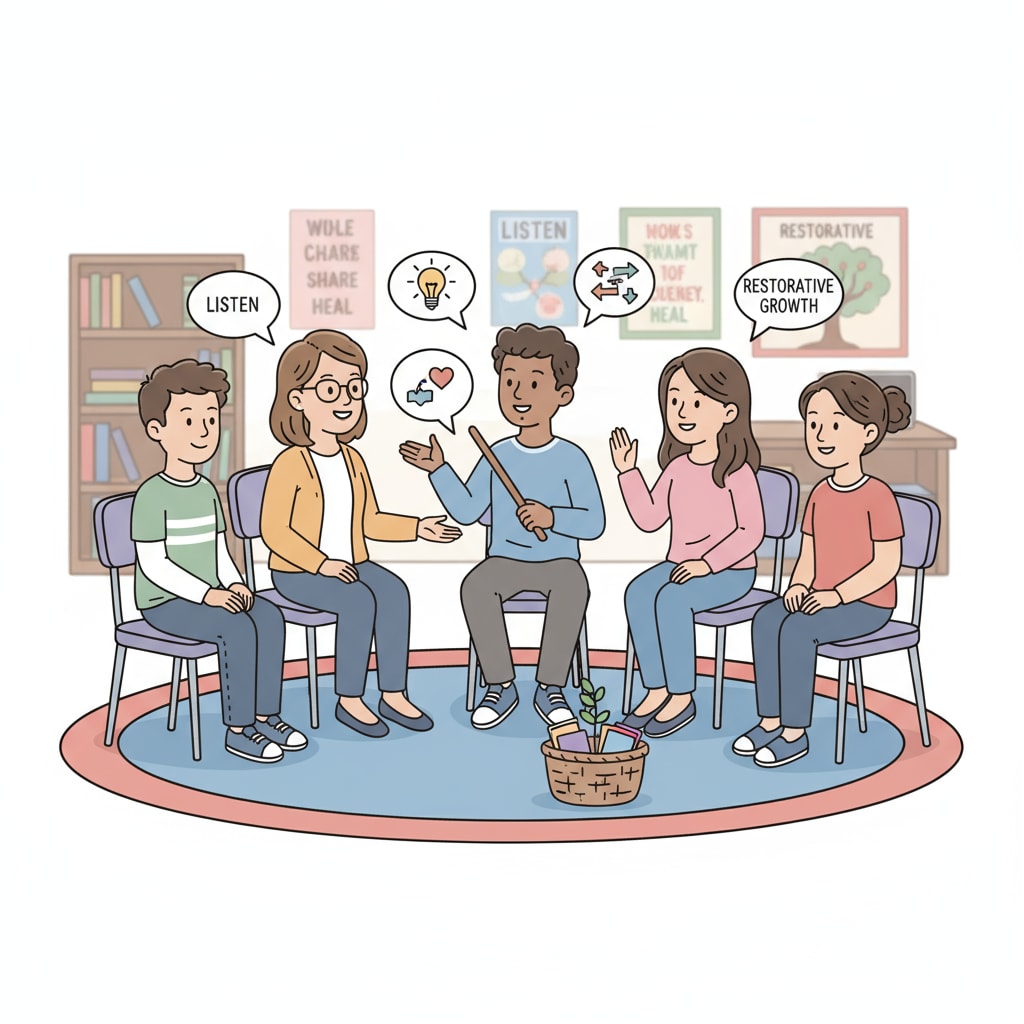In the realm of K12 education, restorative justice, education resources, and school implementation are becoming increasingly important topics. Restorative justice offers a unique approach to handling conflicts and disciplinary issues in schools, focusing on repairing harm, promoting healing, and building stronger communities.

This article aims to explore the significance of restorative justice in the educational context, identify available resources, and provide practical suggestions for its implementation.
The Concept of Restorative Justice in Education
Restorative justice in education is a departure from traditional punitive approaches. Instead of simply punishing students for misbehavior, it aims to address the root causes of the problem and restore relationships. According to Restorative justice on Wikipedia, restorative justice involves bringing together the parties involved in a conflict – the victim, the offender, and the community – to have a dialogue. This dialogue helps everyone understand the impact of the behavior, encourages empathy, and allows for the development of solutions that promote healing and growth.

Benefits of Restorative Justice in Schools
Implementing restorative justice in schools offers numerous benefits. Firstly, it helps in building a more inclusive and positive school environment. When students feel that their voices are heard and that the focus is on resolving issues rather than punishment, they are more likely to feel safe and respected. Secondly, it can improve academic performance. By reducing disruptions caused by disciplinary issues, students can focus better on their studies. Additionally, restorative justice promotes the development of important social and emotional skills such as communication, empathy, and problem – solving.
Resources for Restorative Justice in Education
There are several resources available for educators interested in implementing restorative justice. Online platforms such as Restorative Justice Council offer a wealth of information, including case studies, training materials, and best practices. Many educational institutions also provide in – house training programs for teachers. Books like “Restorative Justice in Schools: How to Build a Culture of Healing and Hope” offer in – depth knowledge on the subject. These resources can help educators understand the principles, processes, and techniques of restorative justice.
Implementing Restorative Justice in Schools
To implement restorative justice in schools, educators can start by creating a restorative culture. This involves establishing clear expectations, promoting respect, and encouraging open communication. Teachers can use restorative practices in the classroom, such as circle time, where students can share their thoughts and feelings. When conflicts arise, following a restorative process, which may include mediation sessions and restorative conferences, can help resolve issues effectively. It is also important to involve the school community, including parents and administrators, in the process to ensure its success.
In conclusion, restorative justice, education resources, and school implementation are intertwined. By understanding the concept of restorative justice, leveraging available resources, and implementing it effectively, educators can create a more harmonious and productive learning environment. This approach not only benefits students in terms of their academic and personal growth but also contributes to the overall well – being of the school community.
Readability guidance: This article uses short paragraphs and lists to summarize key points. Each H2 section provides a clear focus. The proportion of passive voice and long sentences is controlled, and transition words like ‘firstly’,’secondly’, ‘additionally’ are used throughout to enhance readability.


